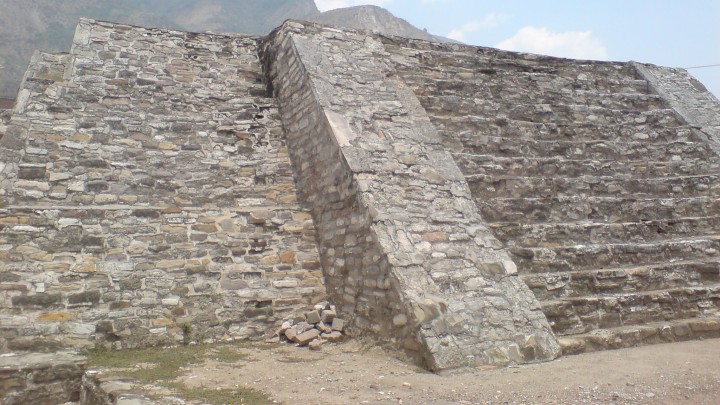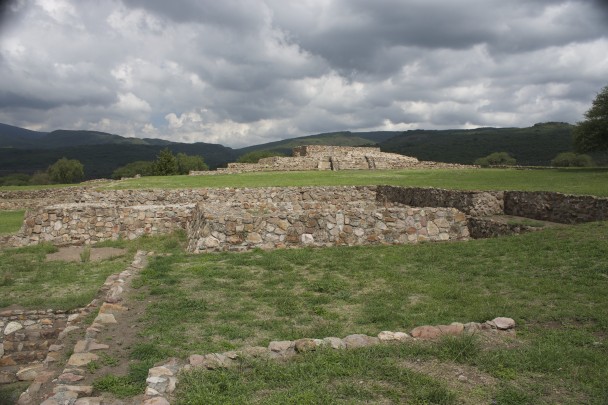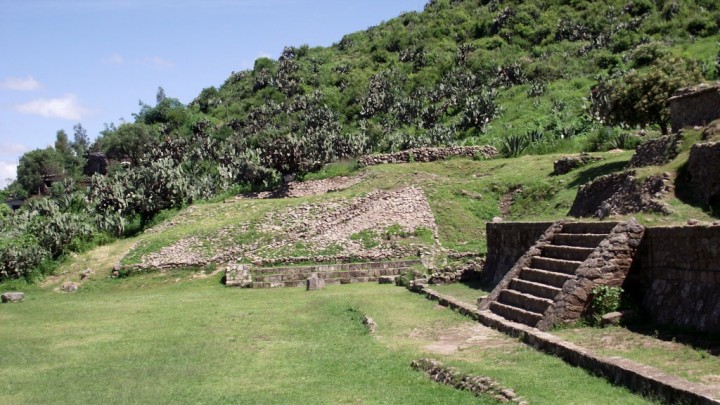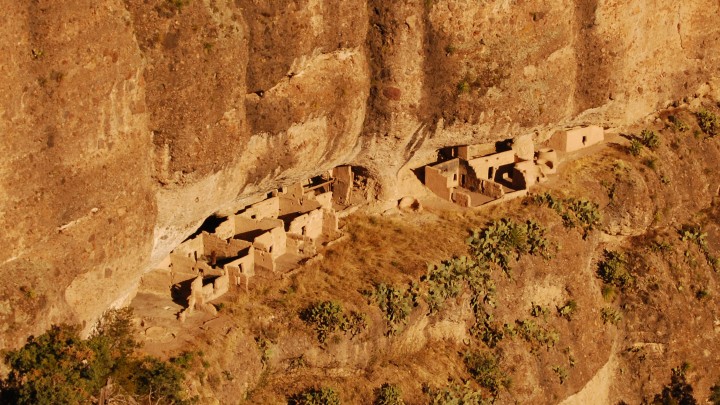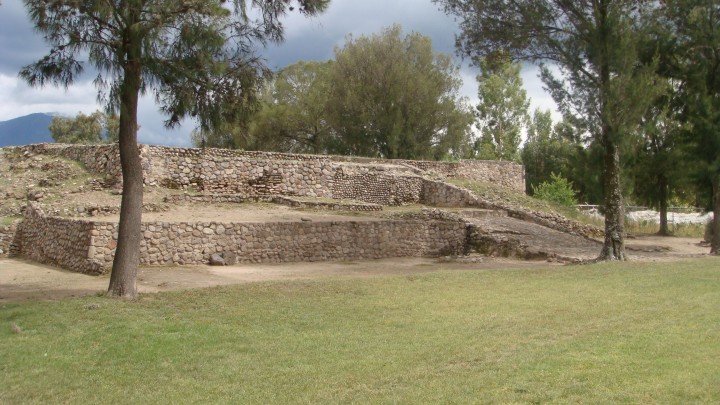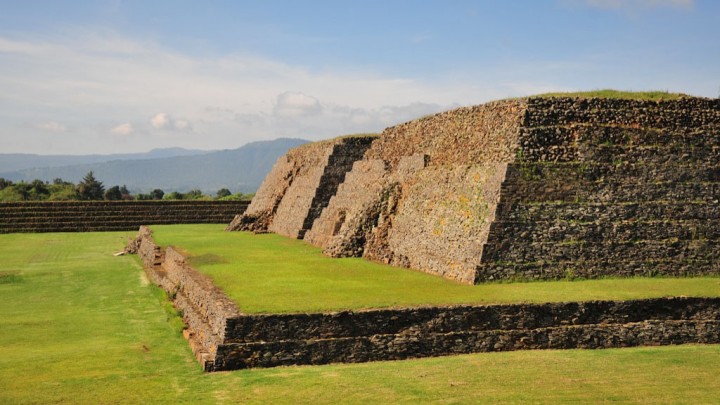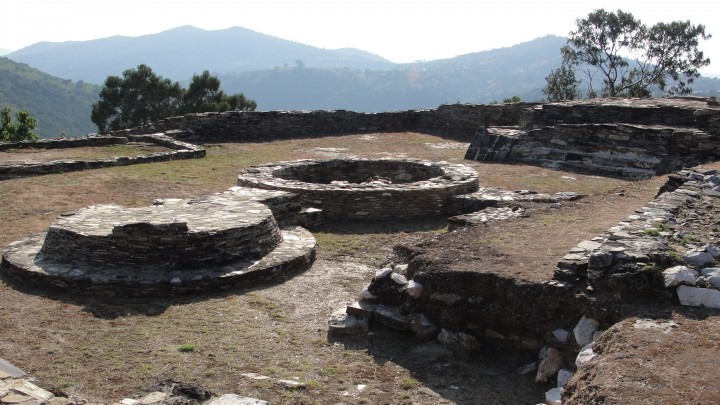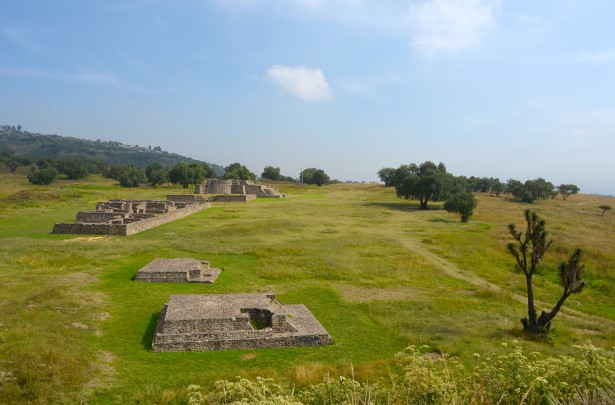189 Sites
Inhabited by Tlapanec groups who maintained trading relations with the Mixtecs, the place was subjugated by Nezahualcoyotl and became a bastion of the Triple Alliance, as can be seen from its architecture and associated offerings, illustrating the warlike ideology of the peoples of central Mexico.
Guerrero
Originally a typical Cuitzeo Lake settlement, the same site was developed into a seat of public administration for the Tarascan state, where justice was imparted, rituals were celebrated and rulers were buried, and therefore it did not have a large population.
Michoacán
The earliest archeological site in Hidalgo, with remains of cave paintings and a dramatic backdrop formed by sheer rock faces.
Hidalgo
The rocky shelters of the Chihuahua sierra house dozens of human settlements separated by great distances. The houses are three and four stories high, inside the caves and built of moulded clay. Their “T” shaped doors are a characteristic of Paquimé.
Chihuahua
Situated near Texcoco, this pre-Hispanic city was one of the most important settlements of Acolhuacan. It covered an enormous area, extending beyond the boundary marked by a great wall 765 yards long by 23 feet high.
Estado de México
Its strategic position on the Pacific coast was of great importance for communicating the Altiplano (high plateau) with the south of Veracruz and the area of the Isthmus. Its monolithic architecture of blocks of stone—some weighing almost two tons—is surprising, as well as its altars, stelae and beautifully carved sculptures.
Chiapas
Together with Pátzcuaro and Tzintzuntzan, Ihuatzio was once a seat of the mighty Purépecha state. This extensive site has only been partially explored. The huatziri or elevated walkways and the Plaza de Armas, with two semi-circular pyramids called yacatas, are particularly impressive.
Michoacán
The Mexica conquered this town and turned it into an important trading and ceremonial center. This was the site where they accumulated and redistributed the tributes they received from the region. There are temples, rooms and open spaces with the remains of red stucco on the floor.
Guerrero
Previously known as Old Ixtapaluca, this important ceremonial center in the Valley of Mexico is mentioned in the Xolotl Codex.
Estado de México

